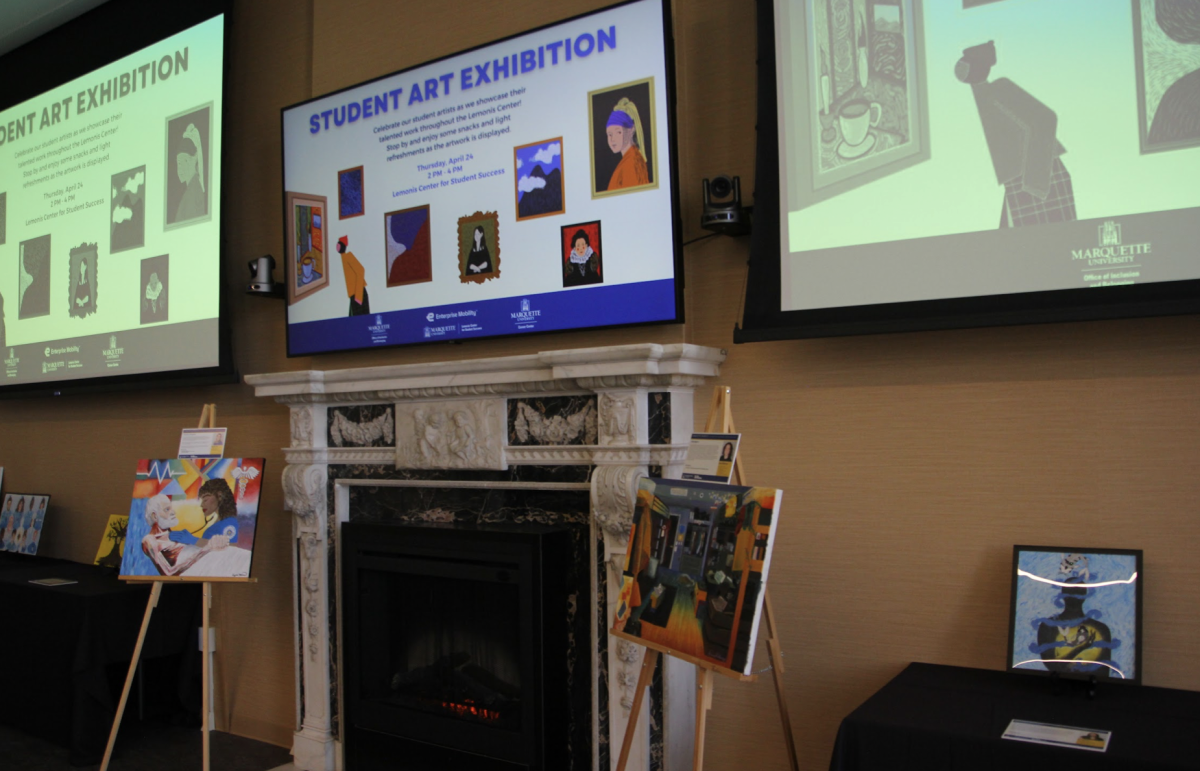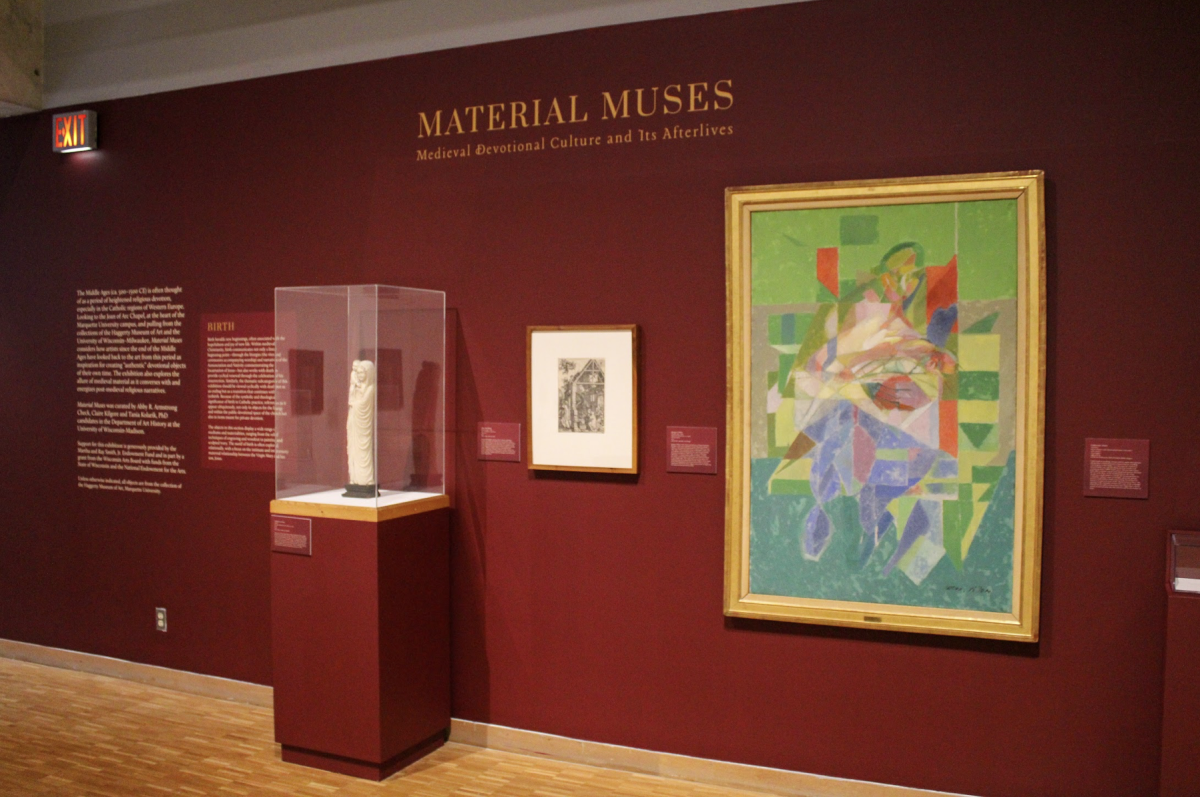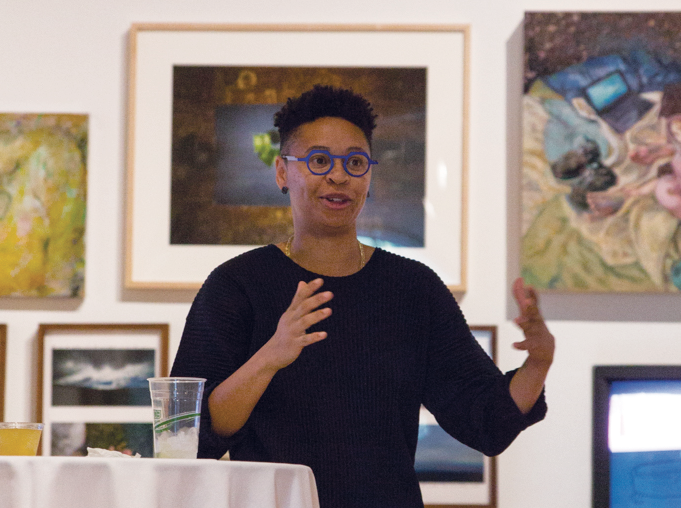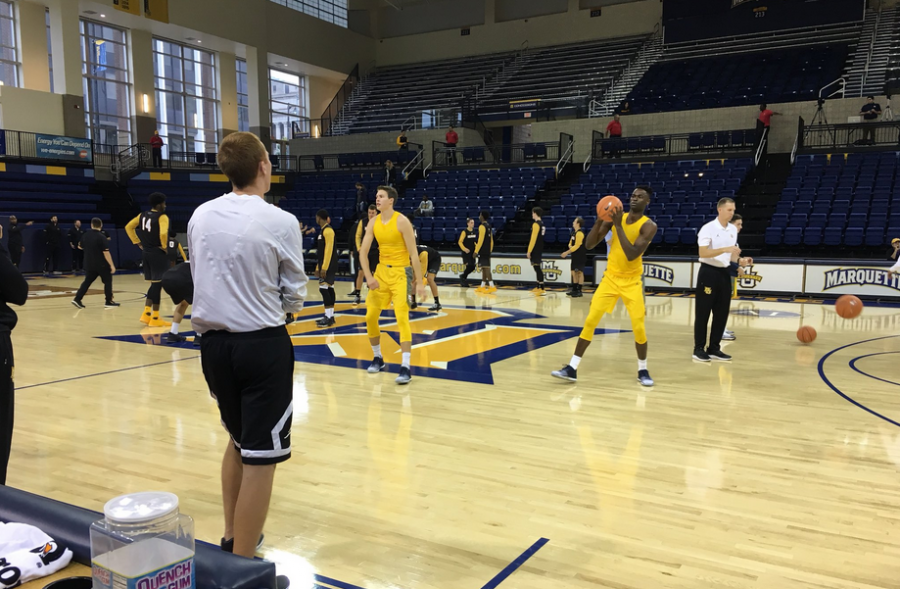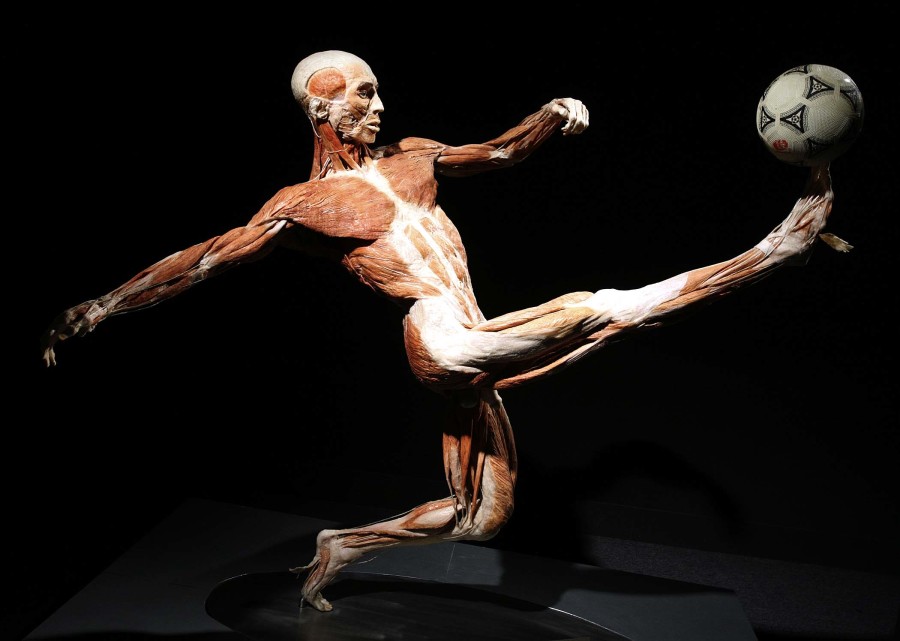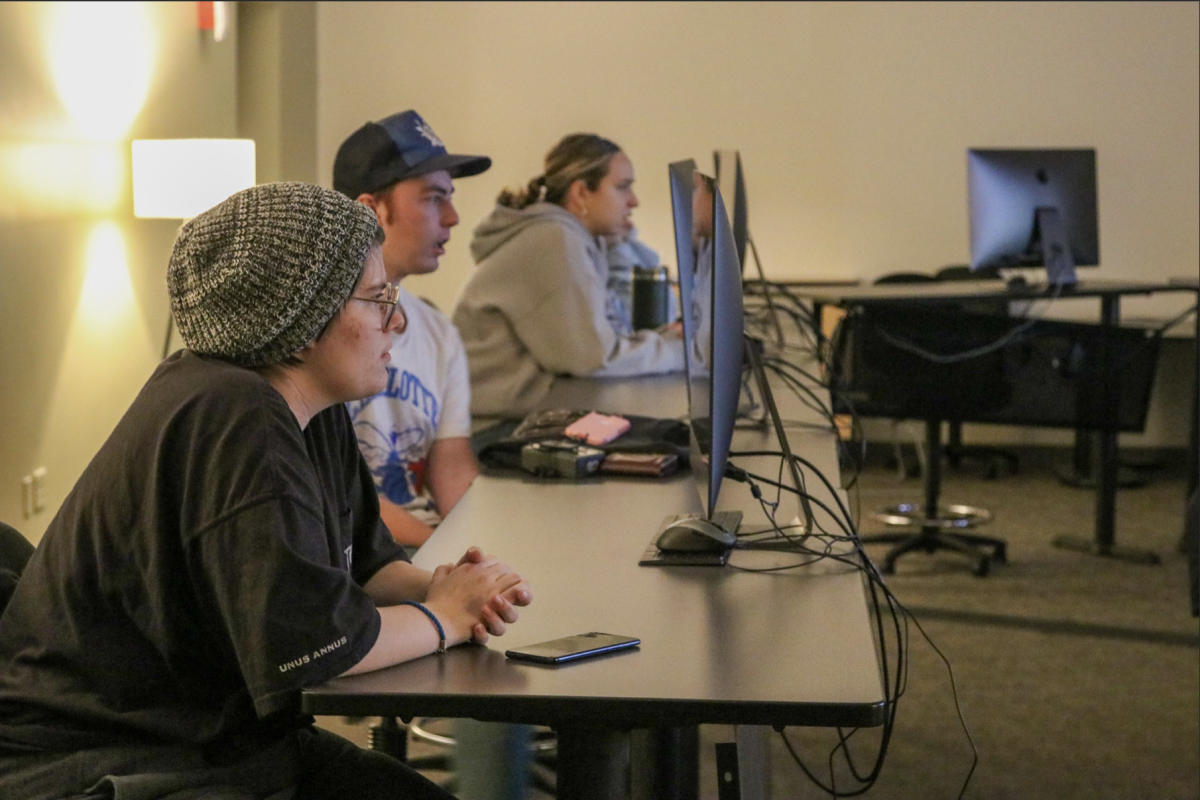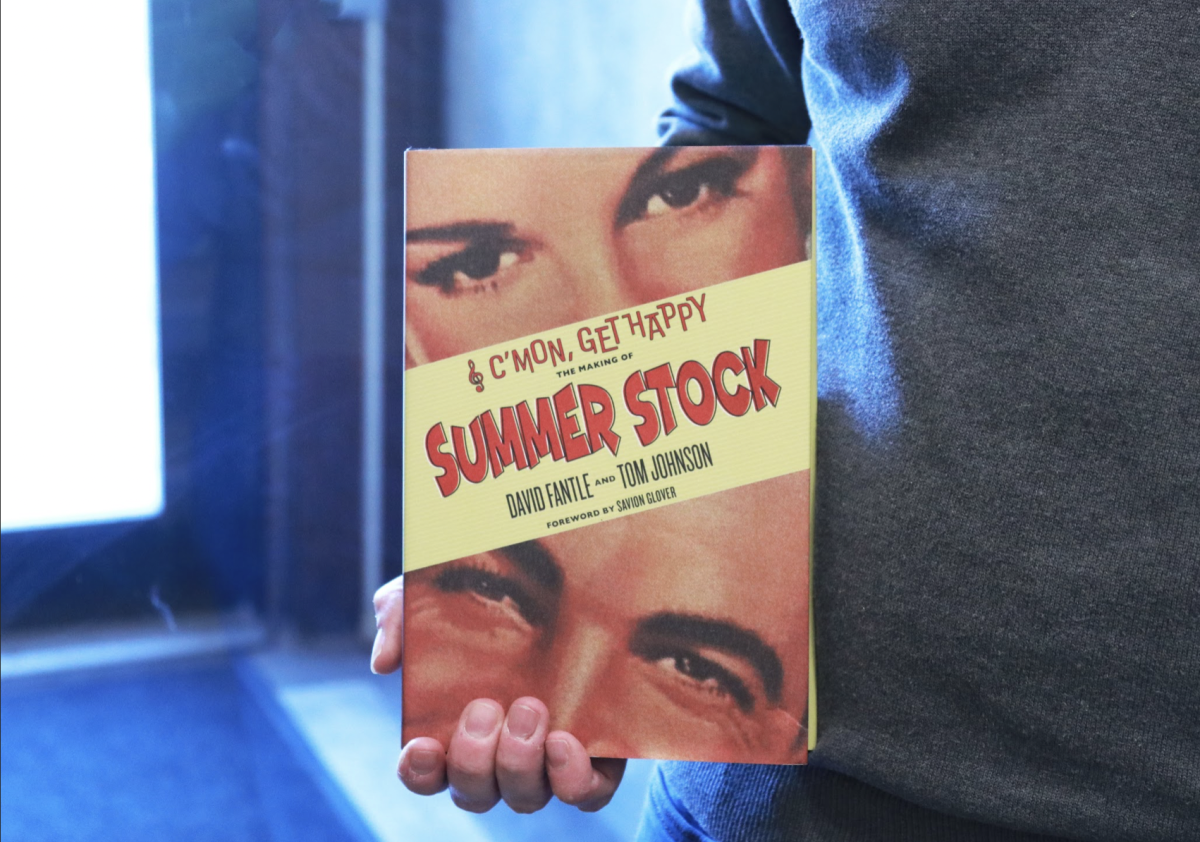Every college student knows about Andy Warhol. At least the trendy ones do, or they pretend to. Nevertheless, Warhol’s name is universally recognized while the names of most other contemporary artists remain somewhat unfamiliar and inconsequential to the greater population.

This notoriety is likely due to Warhol’s experimentation with numerous mediums, his work with iconic celebrities and his Pop Art advertisements.
Though most have likely seen a Warhol piece before, art galleries in the United States has yet to display many of Andy Warhol’s later works. That is, until Sept. 26, when the Milwaukee Art Museum, 700 N. Art Museum Dr., will open its new exhibition, “Andy Warhol: The Last Decade.”
Joseph Ketner, the primary curator of the exhibition, said he developed this idea after he viewed a massive Andy Warhol car crash picture that completely moved him.
The problem was, Andy Warhol is the best-known artist in the world. Ketner was unsure of what he could contribute to the world’s knowledge of Warhol. After some time, he realized works from the last 10 years of Warhol’s life had never been exhibited before, despite the fact that the decade was the single most productive part of his 40-year career.
“I had an opportunity to show a side of Warhol that nobody had ever seen before,” Ketner said, “a side of Warhol that he ended up working on 24/7, morning, noon, and night to produce.”
Everybody knows Andy Warhol as the bohemian, silver-haired, wigged guy who produced soup cans and stars like Marilyn Monroe, Ketner said.
“What we don’t really realize is that period of Warhol was really only about four to six years long out of his total 40 years of being an artist.”
Ketner said this exhibition shows things people would never associate with Warhol. Take, for instance, his hand-painted silk screens and neo-expressionist work.
“But at the same time, you will see Marilyn, you will see soup cans and you will see Jesus Christ.”
Warhol’s fame is based on Pop Art and on the period in which he developed the photo transfer process that completely shifted our understanding of art, Ketner said.
“He changed the idea that the art is about the artist’s touch to the idea that art is about the shifting of a photographic image, and that was a huge shift that directly parallels our culture’s shift to a TV, video and digital culture,” Ketner said.
The majority of the pieces in the collection come from the Andy Warhol Museum in Pittsburgh, Pen. and The Baltimore Museum of Art.
“When I look at these paintings I ask myself what contemporary painter can pull off, with such extraordinary facility, such powerful images on such a monumental scale,” Ketner said. “I couldn’t come up with one. For some reason or another his were always stronger.”
John McKinnon, the coordinating curator of the exhibition, has been working on this project with Ketner for three years. The MAM will be the first venue to host this exhibition, after which it will travel to the Modern Art Museum of Fort Worth in Texas, then on to Brooklyn and finally Baltimore.
Coordinating the works of the exhibition took a considerable time because many works had to be shipped from places as far as Seattle and Zurich, McKinnon said.
The exhibition is displaying works from 1978 to 1987, which was a huge period of experimentation for Warhol.
“The last series is ‘The Last Supper’, which reveals a personal side of Warhol because many people didn’t know he was a devout Catholic until the eulogy that was given at his funeral,” McKinnon said.
McKinnon also said most of the paintings on display are larger than those of any other period of Warhol’s work. Some are as large as 35 feet wide. During this late period, Warhol was working in a large ballroom space, opposed to the small studio he had previously used.
“Warhol is as misunderstood as he is famous,” McKinnon said. “This is a unique opportunity to see this 20th Century master in a new light.”
The MAM is not only home to this traveling exhibition, but also displays some of Warhol’s films along with a permanent collection called “Andy Warhol: Pop Star.”

Carl Bogner, a film professor at University of Wisconsin-Milwaukee, is also working with Warhol collections in conjunction with the upcoming LGBT Film Festival. Bogner came to be interested in Warhol films because of their accessibility and intelligence.
“His work is very smart in a way that isn’t apparent at first,” Bogner said. “His work has great seriousness and poses wonderful intellectual questions about itself. It is wonderfully humored and wonderfully tantalizing.”
Bogner said Andy Warhol came to the medium of film with a sense of possibility by considering the basic function of film. He said Warhol helped recharge and reintroduce the medium by looking at it very flatly, by allowing the camera to just stare.
Bogner worked with Thomas Schur, a dissertator in the English Department at UW-Milwaukee, to curate seven programs of Warhol’s video work. He said they were able to secure programs showing the wide variety of work that Warhol and his colleagues created.
The MAM will host “Andy Warhol: The Last Decade” until Jan. 3, at which time it will depart for its national tour.
The MAM will also present a series of episodes of Warhol’s TV program, “15 Minutes,” which ended early after he died in his sleep in 1987 while recovering in a New York hospital from gallbladder surgery.


